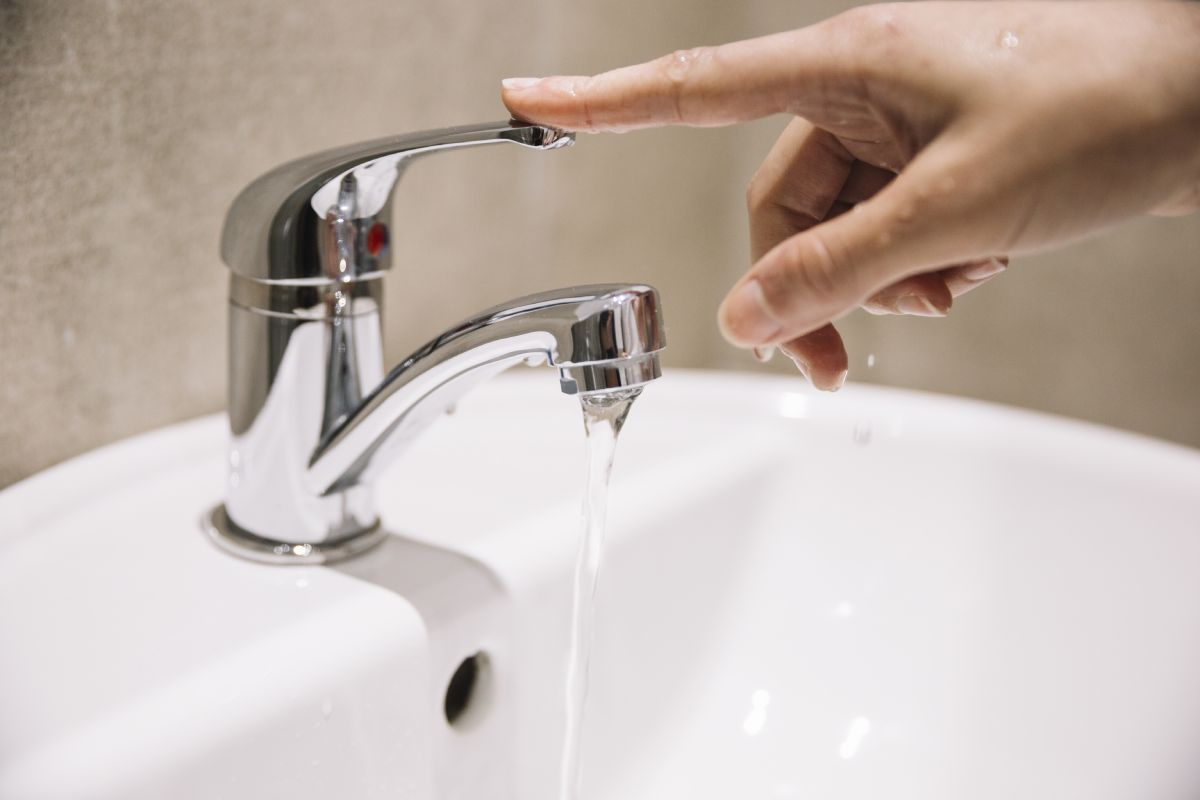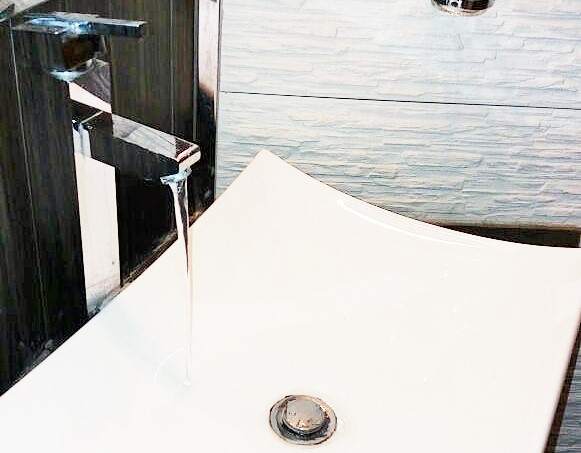Highly-Rated Methods for Fixing Low Water Pressure in Your Home
Highly-Rated Methods for Fixing Low Water Pressure in Your Home
Blog Article
Are you interested in help and advice concerning Dealing with Low Water Pressure in Your Home?

Low water stress in your house can be a discouraging issue, impacting whatever from showering to washing dishes. If you're experiencing weak water flow, there are numerous feasible reasons and remedies to discover. In this guide, we'll discuss common reasons for low water pressure and functional steps to address the issue properly.
Introduction to Low Water Stress
Low tide stress happens when the circulation of water from your taps, showers, and various other components is weak than usual. This can make day-to-day jobs a lot more difficult and much less effective. Understanding the causes of low water stress is essential to discovering the ideal service.
Typical Sources Of Low Tide Stress
Pipeline Obstructions
With time, pipelines can end up being obstructed with natural resource, debris, or particles, limiting the flow of water. This is a typical concern in older homes with galvanized steel pipelines.
Rust
Corrosion within pipes can lead to leakages and reduced water pressure. Corrosion build-up can tighten water circulation, specifically in maturing plumbing systems.
Faulty Pressure Regulators
Stress regulatory authorities are accountable for preserving consistent water stress in your home. If they malfunction, it can lead to low water stress or irregular flow throughout your home.
Metropolitan Water System Issues
Occasionally, the issue exists outside your home. Local water supply issues, such as main line leaks or maintenance work, can briefly decrease water pressure in your location.
Exactly How to Detect Low Tide Pressure
Checking Faucets and Components
Start by examining the water stress at different faucets and fixtures throughout your home. If the concern is isolated to specific areas, it may show localized troubles.
Checking Pipelines
Inspect visible pipes for indicators of leakages, deterioration, or clogs. Focus on any kind of uncommon sounds, such as knocking or rattling pipelines, which can suggest issues within the plumbing system.
Consulting with a Plumber
If you're unable to pinpoint the root cause of low tide pressure, think about employing a specialist plumber to perform a comprehensive inspection. They can determine underlying problems and advise proper remedies.
Do It Yourself Solutions to Deal With Low Water Pressure
Cleansing Aerators and Showerheads
Natural resources can build up in aerators and showerheads, lowering water flow. Remove and clean these parts regularly to boost water stress.
Flushing Hot Water Heater
Sediment buildup in the hot water heater can restrict flow and decrease efficiency. Flushing the container occasionally helps eliminate sediment and maintain ideal performance.
Checking Stress Regulatory Authority
Guarantee that the pressure regulator is operating properly. Changing or replacing the regulator can aid recover appropriate water stress throughout your home.
Clearing Up Clogs in Pipeline
For minor clogs, attempt utilizing a plumbing serpent or chemical drain cleaner to clear blockages in pipes. Be cautious when using chemicals and comply with safety standards.
When to Call a Professional Plumber
If DIY initiatives fail to resolve the concern or if you presume substantial plumbing issues, it's best to seek assistance from a qualified plumber. They have the competence and devices to deal with complicated concerns securely and effectively.
Preventive Measures to Maintain Water Pressure
Normal Upkeep
Set up routine upkeep for your plumbing system to avoid problems such as corrosion, leaks, and obstructions. Attending to small issues early can assist stay clear of more significant repairs later on.
Installing a Stress Booster
Consider mounting a pressure booster pump to improve water pressure in locations with constantly reduced circulation. This can be especially useful for multi-story homes or buildings with high-demand components.
Surveillance Water Use
Be mindful of water usage practices and avoid ill-using the plumbing system. Simple adjustments, such as staggering showers and washing tons, can assist maintain ample water pressure.
Conclusion
Dealing with low tide stress can be irritating, however recognizing the underlying causes and implementing ideal remedies can restore optimum flow throughout your home. Whether it's cleansing aerators, examining pipelines, or speaking with a plumber, taking aggressive actions can make certain a stable supply of water for your day-to-day requirements.
FOUR WAYS TO FIX LOW WATER PRESSURE NOW
Turning on a shower or faucet only to find the water comes out in a sad, slow drizzle is never a good feeling. How exactly are you supposed to wash a pan or take a quick shower when it takes 10 minutes just to rinse off a little soap? The good news is that when your water pressure is bad, there's always a cause: typically one that can be easily fixed. Here are some of the most common causes of low pressure and what you can do to fix the issue:
DEBRIS AND MINERAL DEPOSIT BUILDUPS
If you notice low water pressure from just one or two of the fixtures in your house, the problem likely has to do with debris buildup. Water is full of minerals and other debris, all of which can accumulate in your pipes and on your fixtures. This can cause a blockage that affects how much water flows through. To fix this, try filling a small plastic bag with white vinegar, and use a rubber band to hang it around your showerhead or faucet. Let the head of the fixture soak for a few hours, and the vinegar should loosen the deposits.
WATER LEAKS
Leaks are another common cause of low water pressure. If water is flowing out of your plumbing through a hole or crack before it can reach your fixture, the pressure coming out of the faucet or showerhead will be lower. A plumbing professional is your best bet for finding and repairing a leak in your water supply pipes.
Leaks are another common cause of low water pressure. If water is flowing out of your plumbing through a hole or crack before it can reach your fixture, the pressure coming out of the faucet or showerhead will be lower. A plumbing professional is your best bet for finding and repairing a leak in your water supply pipes.
FOUR WAYS TO FIX LOW WATER PRESSURE NOW
Turning on a shower or faucet only to find the water comes out in a sad, slow drizzle is never a good feeling. How exactly are you supposed to wash a pan or take a quick shower when it takes 10 minutes just to rinse off a little soap? The good news is that when your water pressure is bad, there's always a cause: typically one that can be easily fixed. Here are some of the most common causes of low pressure and what you can do to fix the issue:
DEBRIS AND MINERAL DEPOSIT BUILDUPS
If you notice low water pressure from just one or two of the fixtures in your house, the problem likely has to do with debris buildup. Water is full of minerals and other debris, all of which can accumulate in your pipes and on your fixtures. This can cause a blockage that affects how much water flows through. To fix this, try filling a small plastic bag with white vinegar, and use a rubber band to hang it around your showerhead or faucet. Let the head of the fixture soak for a few hours, and the vinegar should loosen the deposits.
WATER LEAKS
Leaks are another common cause of low water pressure. If water is flowing out of your plumbing through a hole or crack before it can reach your fixture, the pressure coming out of the faucet or showerhead will be lower. A plumbing professional is your best bet for finding and repairing a leak in your water supply pipes.
Leaks are another common cause of low water pressure. If water is flowing out of your plumbing through a hole or crack before it can reach your fixture, the pressure coming out of the faucet or showerhead will be lower. A plumbing professional is your best bet for finding and repairing a leak in your water supply pipes.
A VALVE ISSUE
If you have low water pressure throughout your home, check your main shut-off valve to make sure it's completely open. You may also want to see if there's a pressure-reducing valve installed. If there is, have a plumber help you adjust the settings to get the pressure you're looking for.
OTHERS USING WATER
Believe it or not, your low water pressure could be caused by your neighbors. If you notice low pressure at certain times of day, it may be because you and the people living next to you have similar schedules - when everyone is showering at the same time, the pressure will be lower in every home. Low pressure throughout the neighborhood may also be caused by an issue with your municipal water supply. If that's the case, call the supplier to see if they're working on the issue.
https://www.rotorooter.com/blog/water-leaking/low-water-pressure-fixes/

Do you enjoy reading about 10 Reasons for Low Water Pressure in Your House? Try leaving feedback down the page. We would be glad to know your thinking about this blog posting. We are looking forward to see you back again later on. Enjoyed our posting? Please quickly share it. Let others check it out. Thanks a bunch for your time. Revisit us soon.
Call Today Report this page